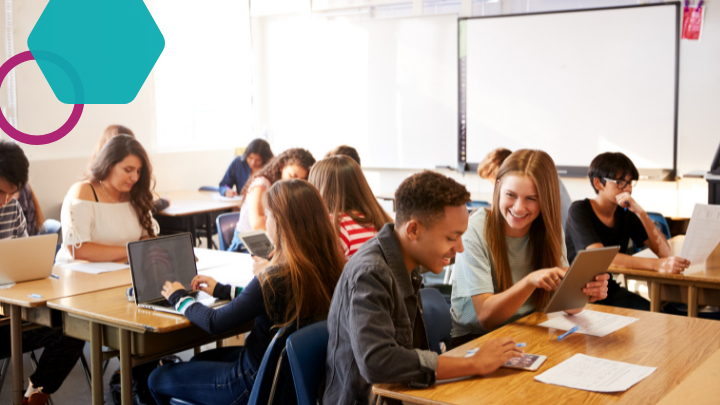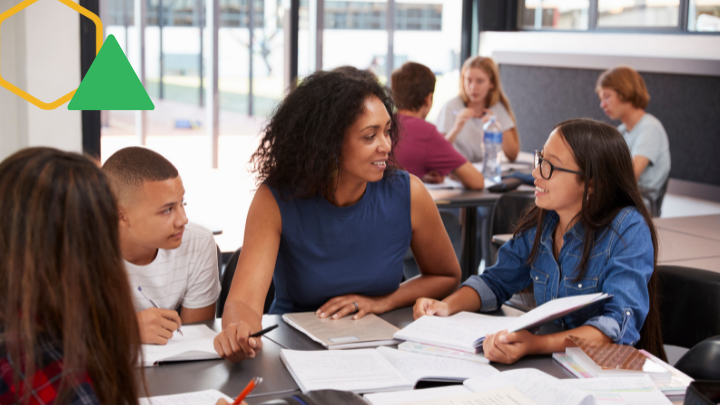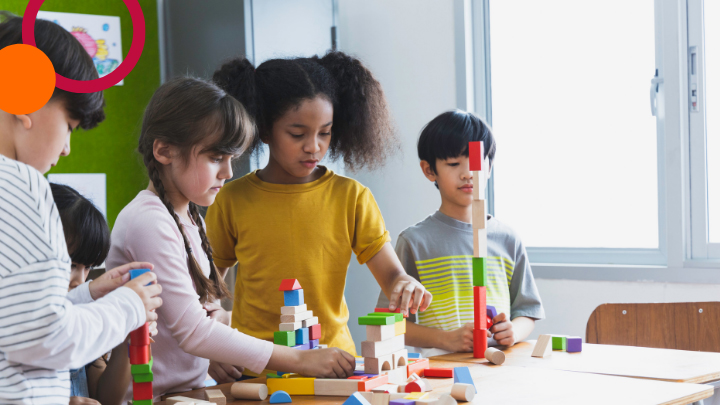It’s already time to begin the 2022-23 school year! A new year feels like a clean slate and a great time to implement new routines and procedures in the classroom. But, after the past two far from “normal” school years, it’s fair to suspect that addressing unfinished learning will also be a top priority. In my years of teaching, I’ve found it’s all about what you can do from the start of the school year to set you and your students up for success.
Before addressing unfinished learning, it’s important to figure out exactly what needs exist.
Use pre-assessments or state testing results to get an idea of areas where students might be behind. Try not to make assumptions. Not all students will have the same needs. But if there are specific areas of concern that show up for a lot of your students, then you can make a plan to invite your students and their families to join you in setting and meeting growth goals.
Once you have an idea of what unfinished learning needs addressing, share with students and their families. Catching up is a team effort. Students probably know that there are things they missed or forgot from previous years. If you make it clear that everyone is working on their skills, it can help to dispel any shame students might be holding onto.
Create routines for students to be setting set goals, regularly addressing their unfinished learning, and recognizing their growth. You might set goals around independent reading or growing in their lexile score. In a math class, this might be a focus on multiplication facts, with students setting goals around adding columns to their own multiplication charts. Perhaps students will be working to articulate what the scientific method looks like, or learning a key set of vocabulary terms.
Find a way to celebrate progress without publicly naming each student’s needs. This could look like a class star chart with each student eligible to add a star based on their personal goals. (Grooving with Growth is one fun strategy to celebrate as a classroom community). Perhaps a student who knew only a few columns of the multiplication chart has now mastered all of the facts through 10. Maybe several students have met goals for independent reading. Any growth is a win, no matter where a student started.
Let me clear: I’m not recommending a “remediation unit” for addressing unfinished learning at the start of the year. Instead, you are acknowledging that everybody has areas of growth and you are enlisting the classroom community in a joint effort to grow, grow, grow. Instead of pre-teaching everything just-in-case, you can scaffold with the context of the grade-level work. It’s more engaging for students — and research tells us that they make the most progress when just-in-time supports are provided alongside access to current grade-level content.
Keep a close eye on the learning objectives of any given lesson or unit. If you are not teaching or assessing reading, then consider providing video or audio access to new content. If you are not teaching or assessing writing, then find other ways for students to demonstrate their understanding of content (Adobe Creative Cloud Express has great strategies for this). If you are not teaching or assessing arithmetic skills, provide a multiplication chart or calculator. Universal Design for Learning principles should always inform an educator’s approach to addressing unfinished learning or summer learning loss.
Though you might anticipate spending a great deal of time addressing unfinished learning when school resumes in the fall, remember that it’s not your job to reteach all of the standards from the previous grade level or course. Provide opportunities for students to set goals that address key prerequisite knowledge. Enlist the support of families and celebrate each little win. Meanwhile, enjoy teaching your grade-level content, which is possible with the appropriate just-in-time scaffolds. Believe in yourself and your students, and you can look forward to a year of growth and achievement.







